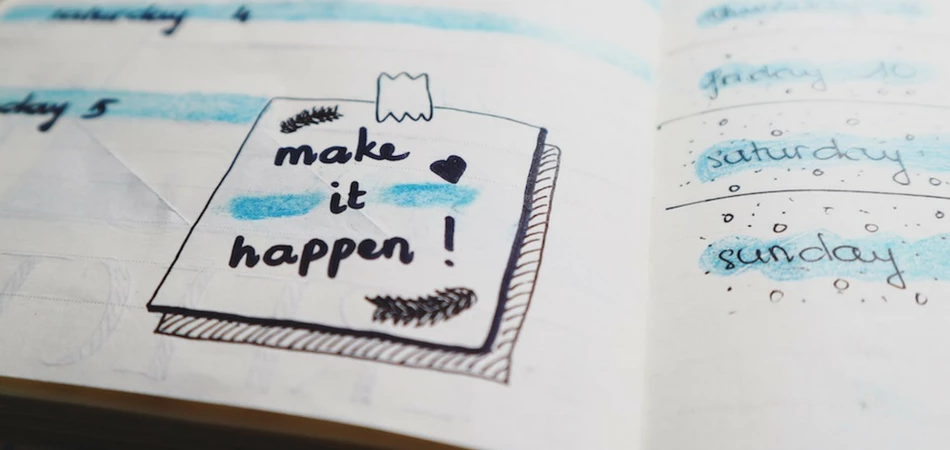
Member Article
How to set goals
Goal setting can be a great way of measuring and achieving progress, not just when it comes to healthy living but in your work and personal life too. However, it can be really easy to set goals that aren’t realistic which means we often set ourselves up to fail. The way it makes us feel when we don’t achieve a goal we set ourselves isn’t good, it’s demotivating and can make us feel like giving up. However, the ones we do set and achieve (no matter how small!) can make us feel fulfilled and help us gain confidence. So here’s my advice when it comes to goal setting, all we need to do is get SMART.
SMART is an acronym that stands for specific, measurable, achievable or attainable, realistic and time bound. When we set goals we should ensure that each goal hits all of these categories and so we can fully understand the goals, assert that they are trackable, relevant, that there are enough resources to achieve them and a deadline is set. Let’s use a fitness goal as an example. Simply saying, ‘I want to be fitter’ and ‘I want to do more exercise’ is not a SMART goal.
Specific
We need to get really specific about the fitness goal and what we are going to do. For example ‘I am going to go on a brisk walk for 30 minutes every day and do a 1 hour yoga class once a week.’
Measurable
Now we need to look at how we can measure this progress. For example, we could add the exercise to a to do list or to a diary and tick it off as we complete it.
Achievable or Attainable
Next we need to make sure this goal is going to be achievable. For example, when will the walks happen and at what time and what day is best to do the yoga class, how will you travel there? Consider if there is anything that could stop you. For example, the weather, rush hour traffic.
Realistic
Consider how realistic the goal is. Is it really realistic that you can find a spare 30 mins a day to go on a brisk walk and an hour (including travel time) to do the yoga class? If you think that this could be too much, try reducing the amount of walking to three times a week and build up to seven over time.
Time bound
Finally associate a time frame to what you want to achieve. For instance, monitor your goals on a weekly or monthly basis, review how you are doing and adapt and change the goal slightly to make it more achievable if you are finding it too difficult. This does not mean you have failed, it means you are making it more manageable and possible to complete, and that’s ok.
Find your ‘Why?’
In addition to the the SMART goals another good tip is to attach a ‘why’ to this goal. Why do you want to be fitter? Is it because you want to general be healthier, or is it so you can run around after you kids more, or are you doing it to help prevent or reverse health problems? Whatever the reason, write it down. Memorise it or keep it on a piece of paper and near you at all times. There might be more than one reason and if this is the case try picking out the most important one to you or ordering them in list, the most important being at the top. Why? Because when you feel like giving up, there is no better way to stay motivated and on track than remembering why you started.
This was posted in Bdaily's Members' News section by Ailsa Brogan-Hewitt .




 test article 123456789
test article 123456789
 hmcmh89cg45mh98-cg45hm89-
hmcmh89cg45mh98-cg45hm89-
 test456456456456456456
test456456456456456456
 test123123123123123123
test123123123123123123
 test xxxdiosphfjpodskhfiuodsh
test xxxdiosphfjpodskhfiuodsh
 Savour the flavour: North Tyneside Restaurant Week returns for 2024
Savour the flavour: North Tyneside Restaurant Week returns for 2024
 Six steps to finding the right buyer for your business
Six steps to finding the right buyer for your business
 Stephen signs off on a special night
Stephen signs off on a special night
 Life’s a Peachaus: Gillian Ridley Whittle
Life’s a Peachaus: Gillian Ridley Whittle
 Making a splash: Phil Groom
Making a splash: Phil Groom
 Making workplace wellbeing a priority
Making workplace wellbeing a priority
 A record of delivery, a promise of more: Ben Houchen
A record of delivery, a promise of more: Ben Houchen